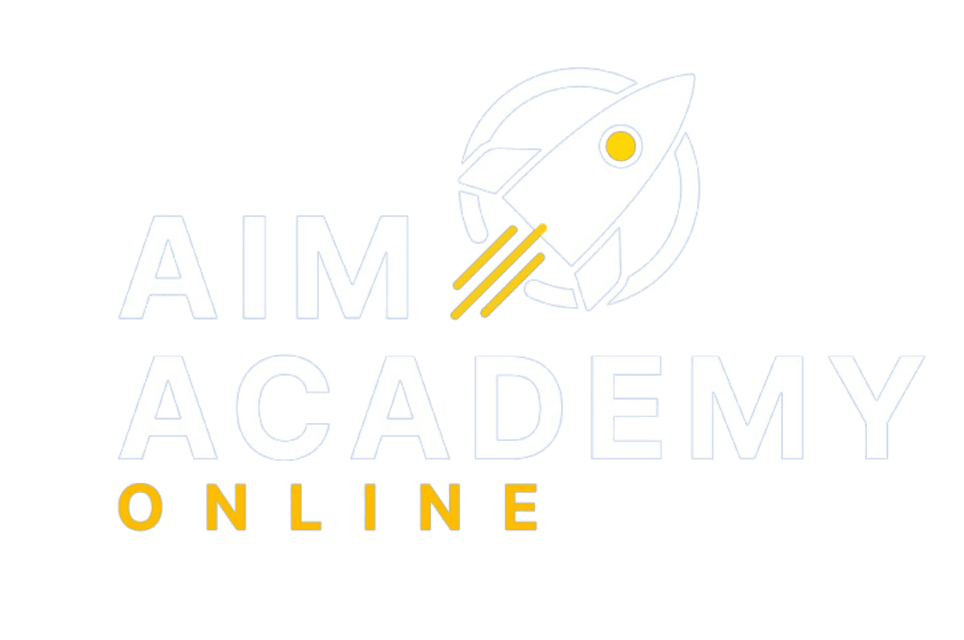Safe Landing: Reading for Inference after Making the Jump
 Part II by Lauren Bailes, Aim Academy English Teacher
Part II by Lauren Bailes, Aim Academy English Teacher
(Part I discussed the value of the development jump, when readers go from learning to read to reading to learn. Find it here.)
It’s easy to watch children begin their trajectory as emerging readers, but shaping that trajectory is just as important. Until about 3rd grade (8 to 10 years old), children generally focus on doing reading, like I did as I read about Sam and his bat. They sound out words, tap out syllables, make sense of strings of words, recognize organizational structures like lists and paragraphs, and hold multiple narrative episodes in their heads in order to enjoy all of the exploits of Horrible Harry or Laura Ingalls Wilder. But after this point, there’s a shift in the activity of the brain during reading – one that we want to watch for very closely. Kids move from doing reading to learning other things through reading. They can answer their own questions, generate their own research interests, and deepen their knowledge by accessing worlds of information in books. The reading itself has become instinctual.
Such a shift in the student brings an additional set of responsibilities for parents. We need to model and assess a new set of skills. No longer is the focus on merely decoding sound combinations or word meanings – kids must move on to deducing and inferential reading. If children are proficient, voracious readers (two essential prerequisites for inferential reading), they need to be coached into a transformed way of thinking about books and stories.
When we talk to our children about books, let’s move away from retelling questions and move toward critical thinking questions. Here are some of my favorites for fiction and nonfiction:
Fiction:
– What does this character want most? What’s getting in the way?
– How would the character behave or speak differently if this other character were not in the book?
– Where do you see characters feeling confusion or conflict about their own choices?
– What is the turning point in the story? Are there lots of smaller turning points?
– What lesson does each character learn at the turning point?
Nonfiction:
– How is this text organized or ordered? Why do you think the author made that choice?
– What information do you already know that helps you understand this new information better?
– Is there new vocabulary in this text? How does the author help you understand what it means and how to use it?
– What is the most important information in this section you think the author wants you to know? How can you tell?
There are endless variations and extensions for each of these questions. The important thing is to teach our emerging readers to raise and answer questions while reading so that deducing becomes as instinctive and exciting as decoding.
Lauren is a homeschool graduate and an award-winning literacy teacher. She holds an M.A. in literacy from Columbia University and is currently a Ph.D. candidate at Ohio State University. Lauren is offering the following classes for Aim Academy:
| Course (grade) | Teacher | Optional Live Class Discussions* EST | Register |
| Middle School Tools: Writing(6th-8th) | Lauren Bailes | 1st sem. Fri 1-2 PM EST | Register |
| Middle School Tools: Reading Comprehension(6th-8th) | Lauren Bailes | 1st sem. Fri 11-12 PM EST | Register |
| Pre-AP English (9th-12th) | Lauren Bailes | Fri 3-4 PM EST | Register |
